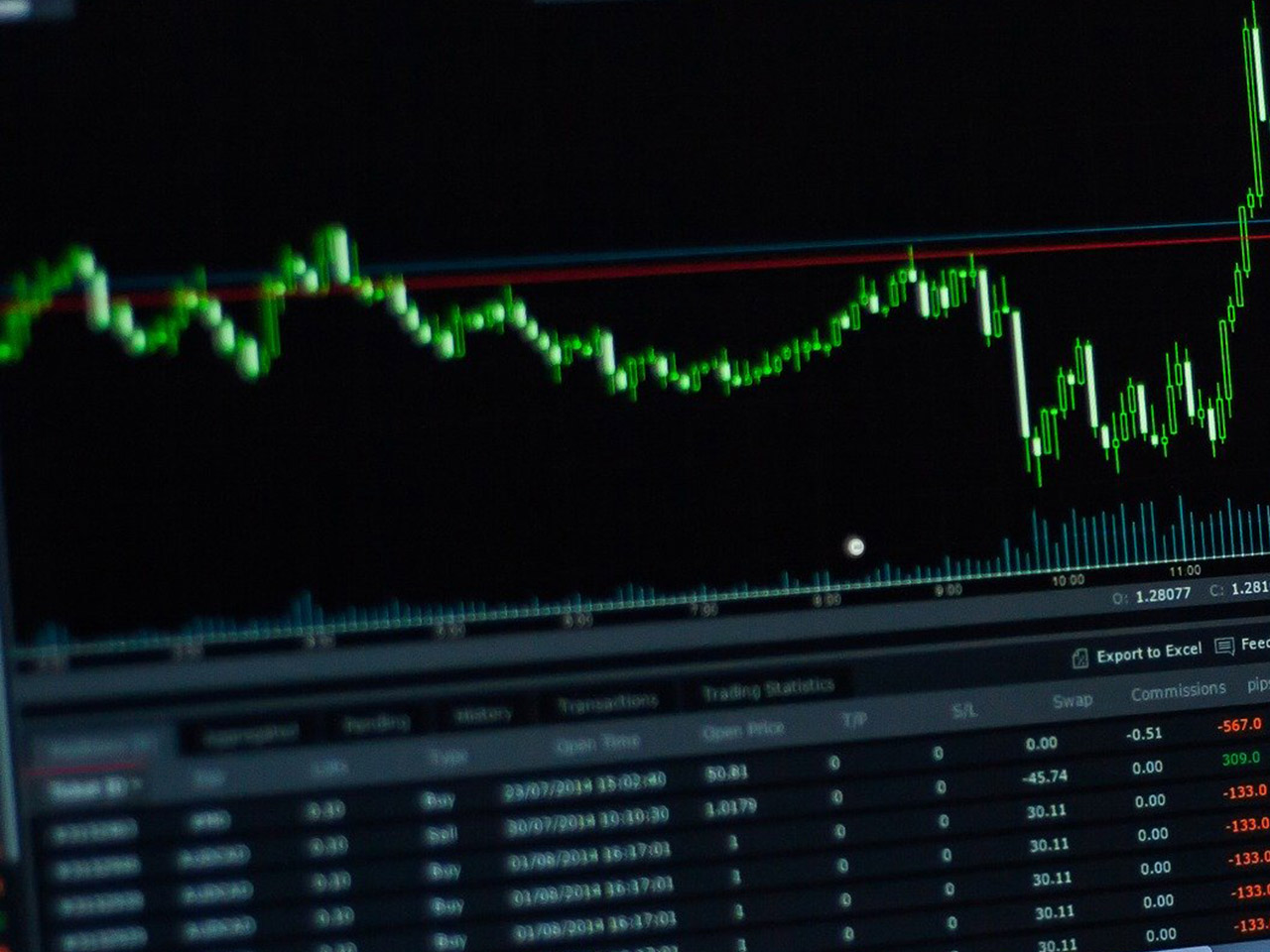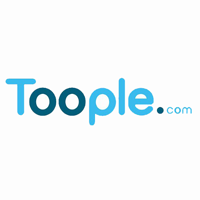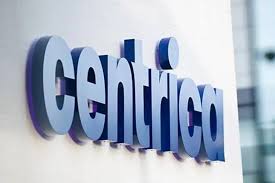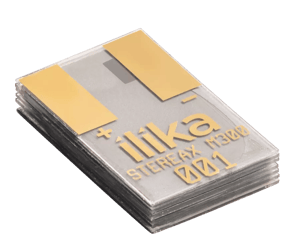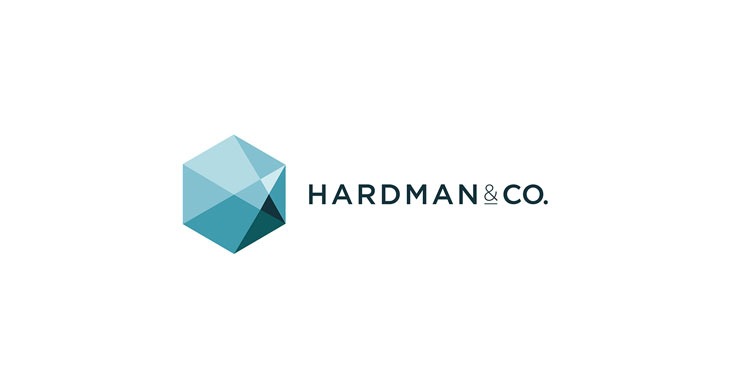Humana Inc. (NYSE: HUM), a prominent player in the healthcare sector, has been a household name in providing medical and specialty insurance products across the United States. Operating primarily through its Insurance and CenterWell segments, Humana’s extensive portfolio includes medical care plans, supplemental benefits, and specialty health insurance products. With a market capitalization of $26.6 billion, Humana remains a significant entity in the healthcare plans industry.
As of the latest data, Humana’s stock is trading at $220.41, marking a slight decline of 0.01%. This current price sits at the lower end of its 52-week range, which spans from $220.41 to $404.52, indicating a substantial drop from its highs. Despite this downturn, the average analyst target price is $296.01, suggesting a potential upside of 34.30% from its current levels. This optimism is supported by the absence of any sell ratings, with analysts offering a mix of nine buy and seventeen hold ratings.
One of the critical valuation metrics, the forward P/E ratio stands at 15.45, indicating that investors are willing to pay $15.45 for every dollar of expected future earnings. This figure, although not the lowest in the sector, suggests a reasonable valuation against the backdrop of Humana’s solid revenue growth of 8.40%. However, the lack of clarity in other valuation metrics such as the trailing P/E, PEG ratio, and price/book ratio might raise questions about the company’s current financial health metrics.
The technical indicators paint a mixed picture. The 50-day and 200-day moving averages are at $236.01 and $260.98, respectively, both higher than the current trading price, which could indicate a bearish trend. Moreover, the Relative Strength Index (RSI) is at 31.86, nearing oversold territory, while the MACD and signal line suggest bearish momentum with values at -4.21 and -2.33, respectively.
Despite these challenges, Humana’s financial performance has shown resilience. The company reported earnings per share (EPS) of 14.17 and a return on equity of 10.10%, which are commendable figures. However, a negative free cash flow of over $2 billion might be a point of concern for potential investors, as it reflects the cash outflow surpassing the cash inflow from operations.
For income-focused investors, Humana offers a dividend yield of 1.45%, supported by a conservative payout ratio of 24.98%. This suggests a stable dividend policy with room for potential increases, assuming future profitability and cash flow improve.
Investors considering Humana should pay close attention to the company’s strategic moves in expanding its healthcare services and insurance offerings, especially in the Medicare and Medicaid spaces. The ongoing partnerships with the Centers for Medicare and Medicaid Services and various state contracts represent significant revenue streams that could bolster long-term growth.
Overall, while Humana faces some immediate challenges reflected in its technical indicators and recent price performance, the company’s robust business model and strategic positioning in the healthcare sector present a compelling case for patient investors looking for growth and income opportunities. As the healthcare landscape continues to evolve, Humana’s ability to adapt and capitalize on emerging trends will be crucial in realizing the projected upside.


